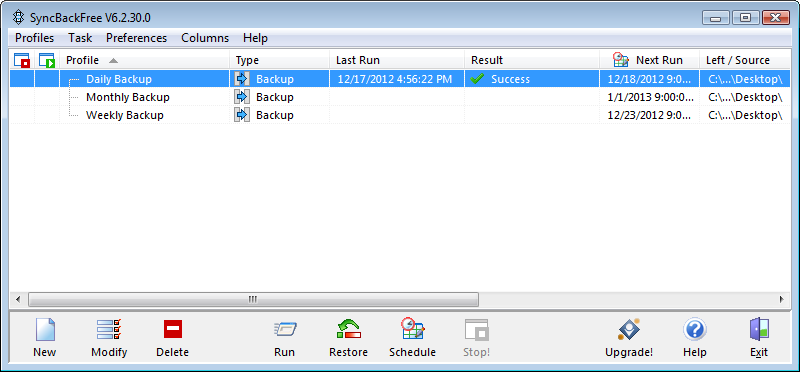
Use the screen that appears to assign the selected folder to a new location on your PC, if you wish. Go to one of these systems and double-click the new desktop shortcut. The regular-looking folder icon below it signifies data that Live Mesh is synchronizing to your online storage.A shortcut to the folder will appear on the desktop of every other computer that runs Live Mesh. The shortcut icon in the middle folder icon (of the three shown) indicates that the folder is synced between PCs and not to the user’s Live Mesh cloud. Select a folder (excluding Windows system folders, hidden folders, your desktop directory, and folders on removable media or mapped network drives) on one of your systems, right-click the folder, and left-click the Add Folder to Live Mesh option that appears in the context menu. Once you’re done, you can start adding files and folders to sync. Repeat the preceding series of steps for each additional system you want to add to your synchronization network. With that, you’ve completed your basic Live Mesh configuration. Sign into Live Mesh with your Windows Live ID, assign your current system a name, and click the Add Device button. Computers will sync with your virtual storage space whenever they come online, eliminating the need to keep two or more systems running in order to keep files matched between the two. Anything you upload will exist in its own protected space on the Internet, accessible from any device that you allow into your cloud network. Its primary disadvantages is that you have to run both systems simultaneously to perform the synchronization, which eats up electricity and limits your ability to sync files when you’re on the go.Ĭloud-based synchronization services act as a third-party host for your files.

There are two primary ways to synchronize files across PCs, be they desktops, laptops, or a combination of the two: through direct, system-to-system synchronization, or by uploading files to and downloading them from a third-party cloud service.ĭirect synchronization benefits from faster transfer speeds and an unlimited capacity for changed data (because you perform the sync directly across two connected computers on your personal network).



With that in mind, we’ll focus on three different types of synchronization: PC to PC, PC to Mac, and PC to mobile device. The underlying synchronization philosophy is the same, but different devices have different foibles that affect your ability to sync them easily.


 0 kommentar(er)
0 kommentar(er)
